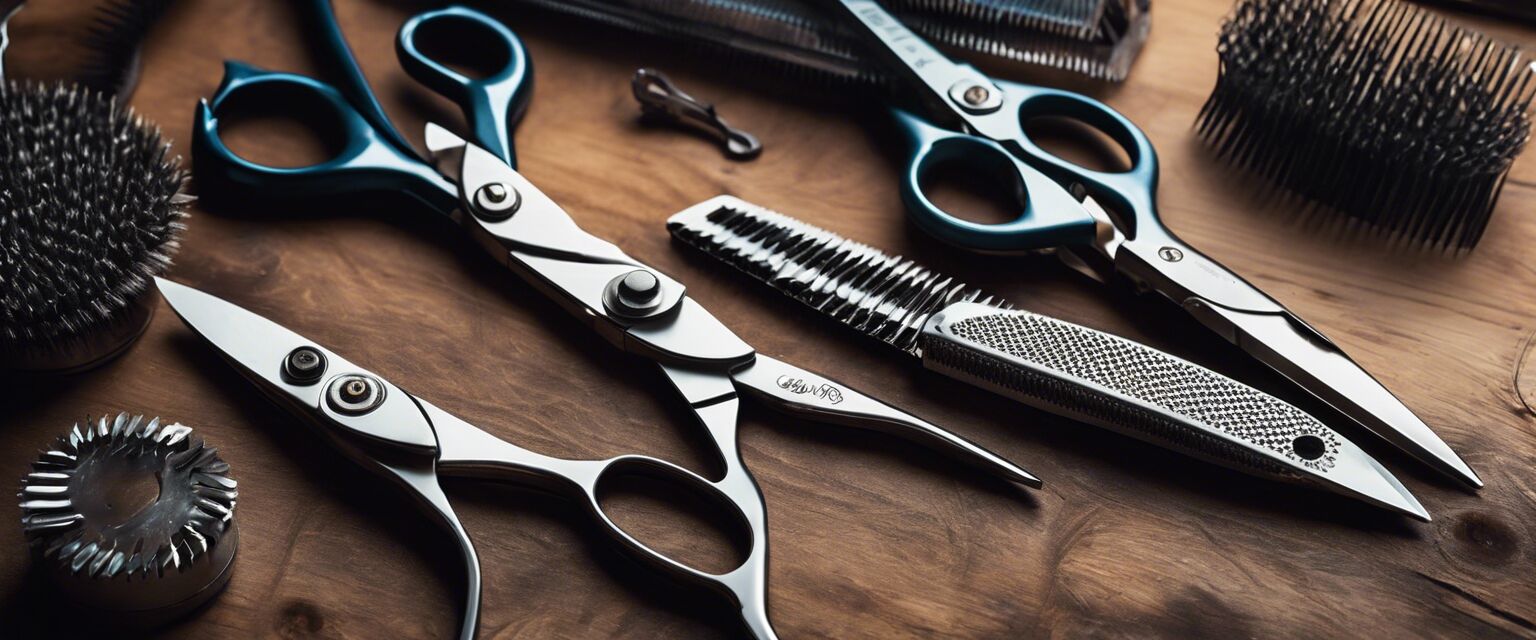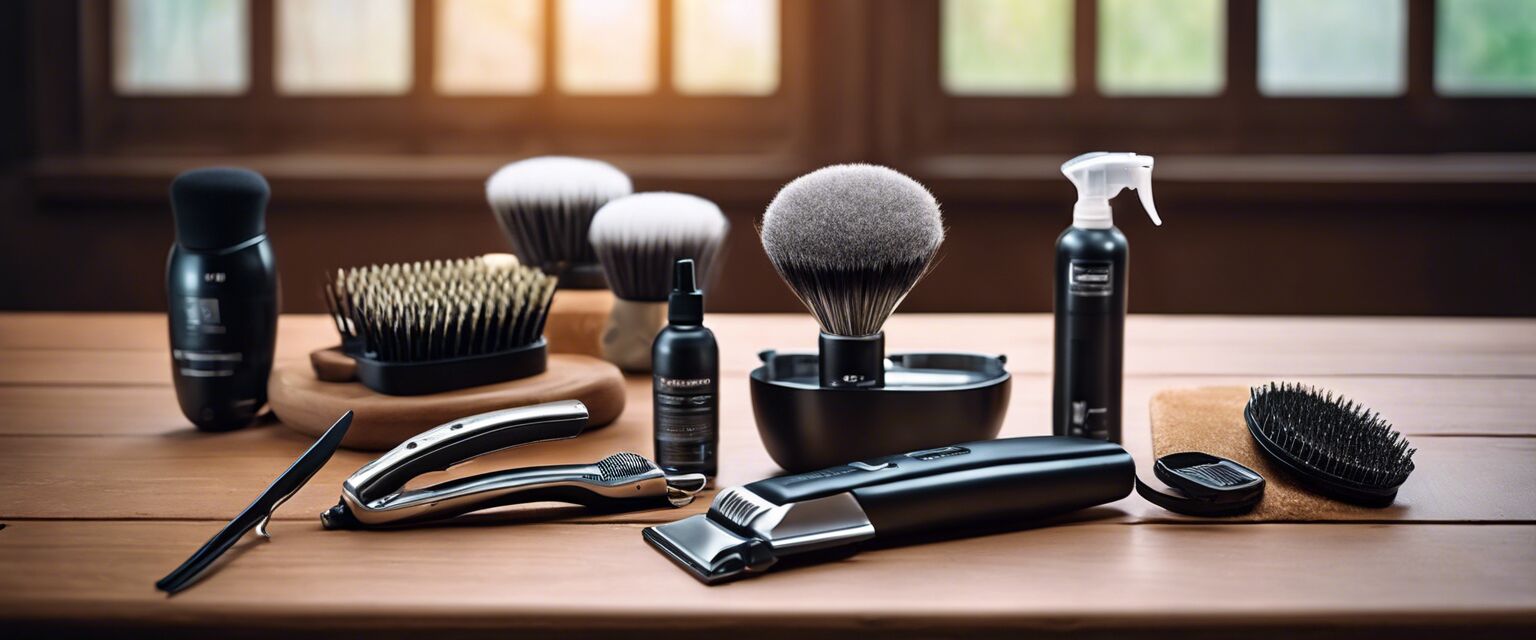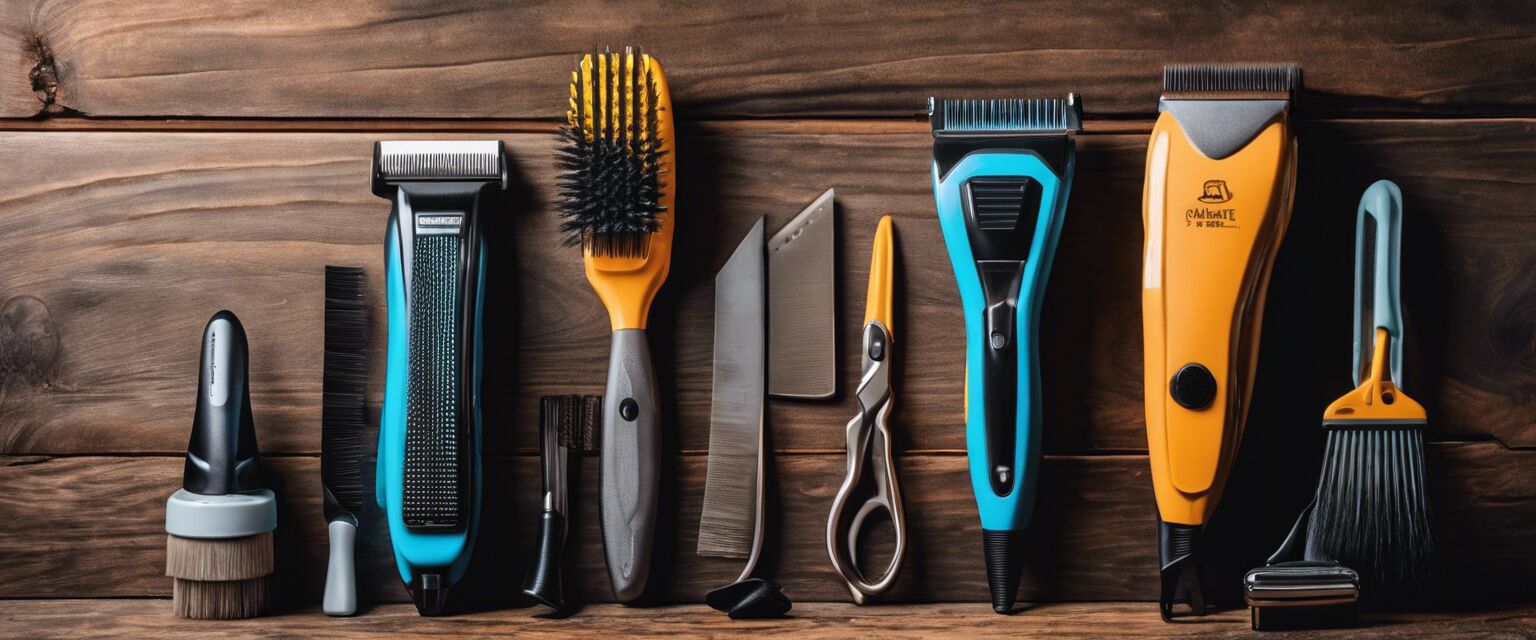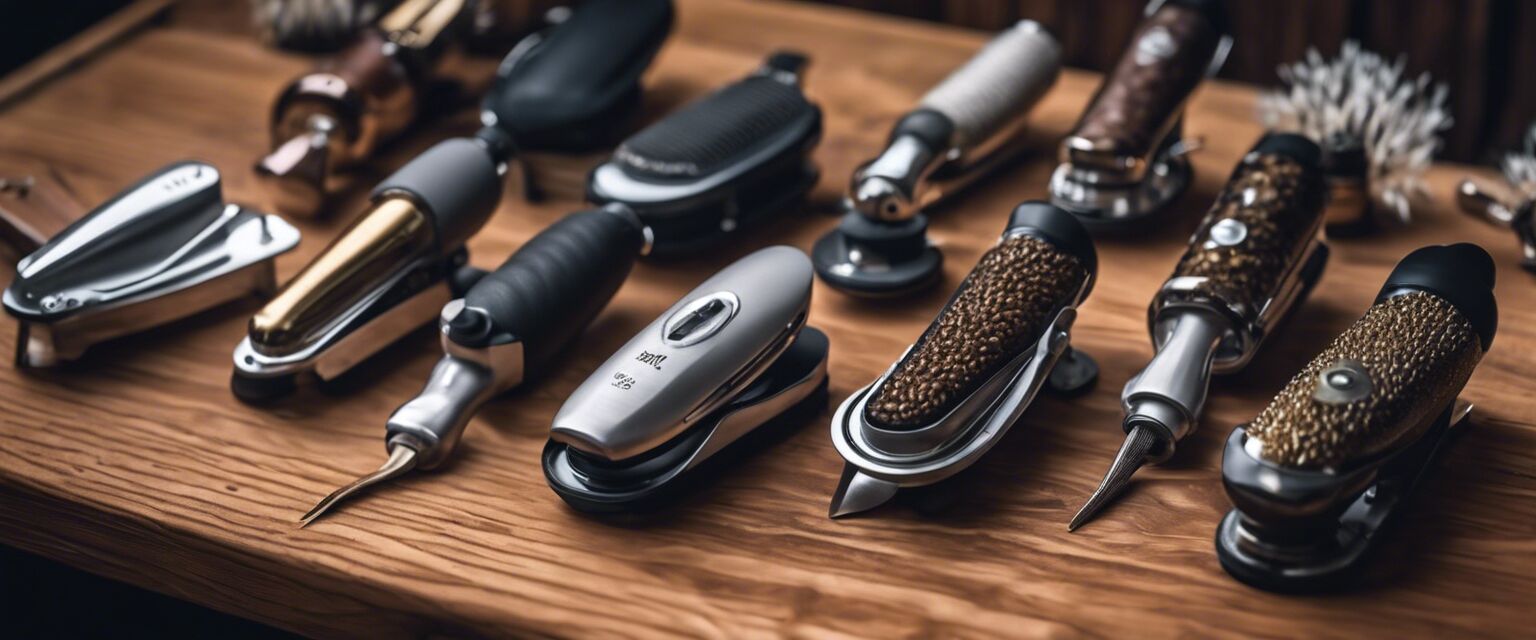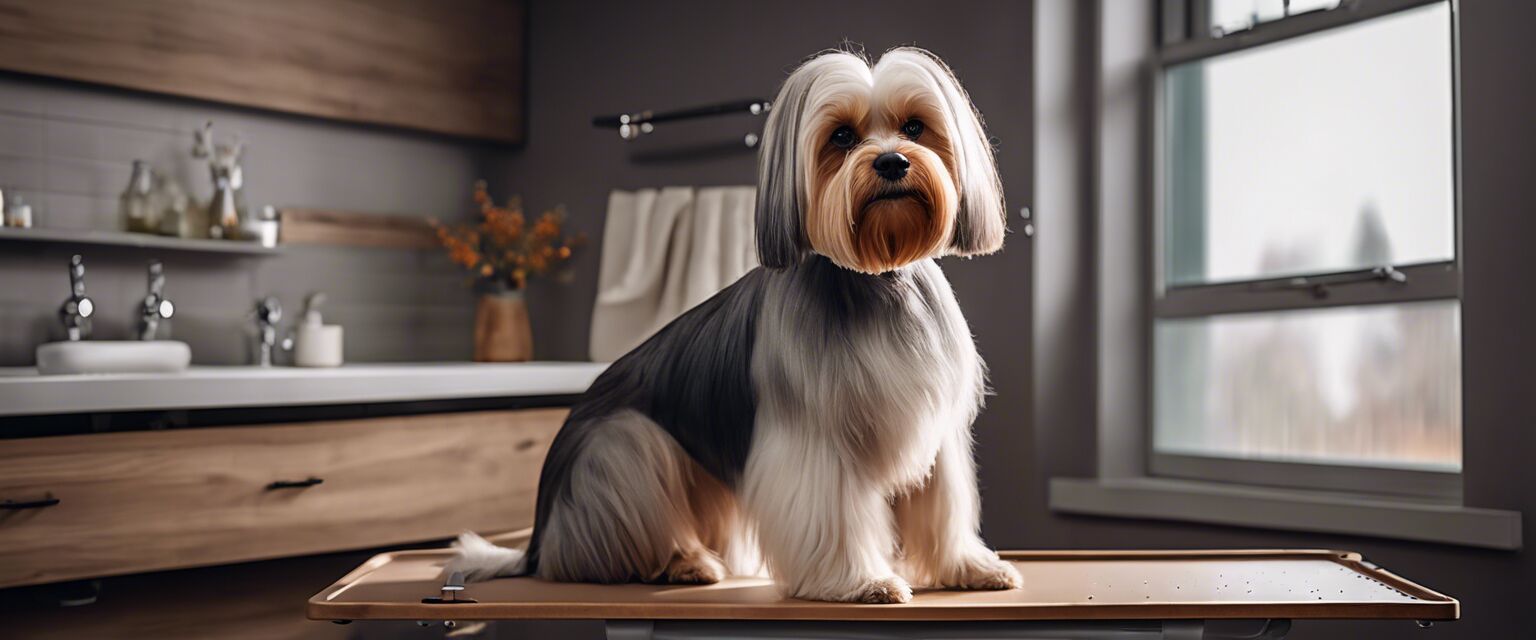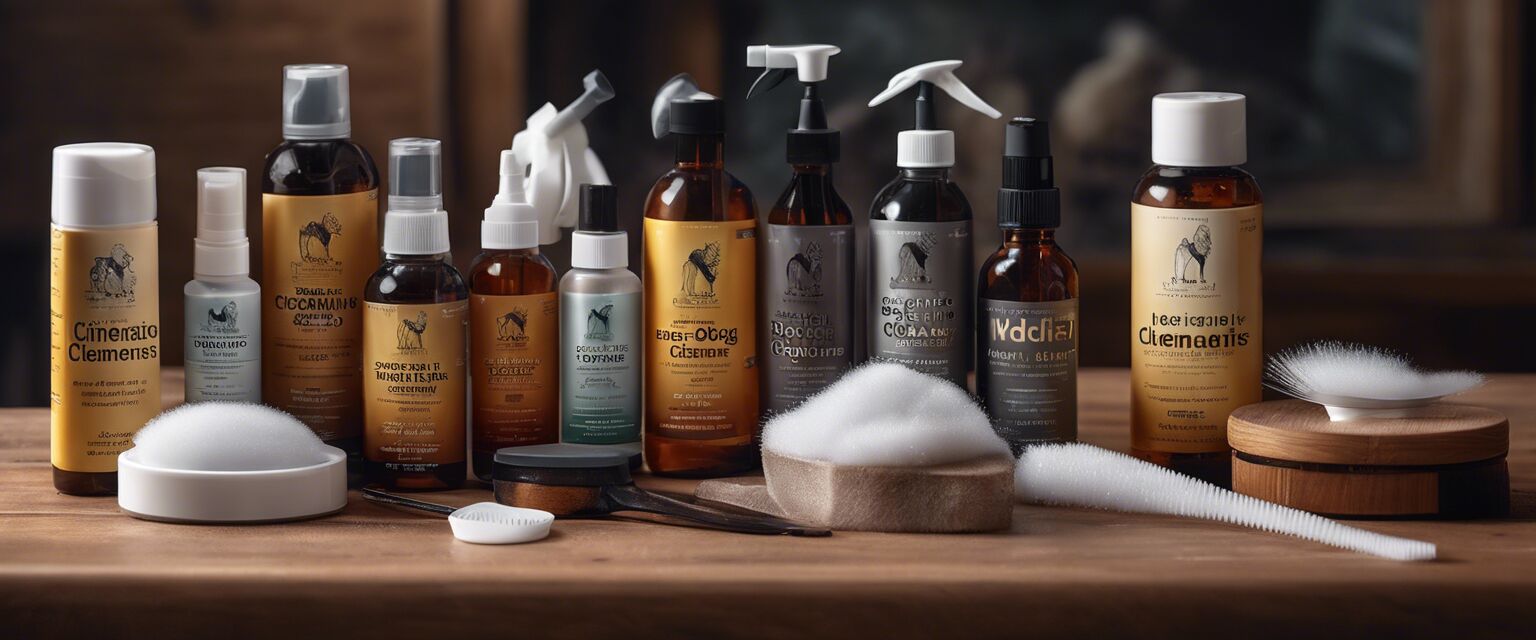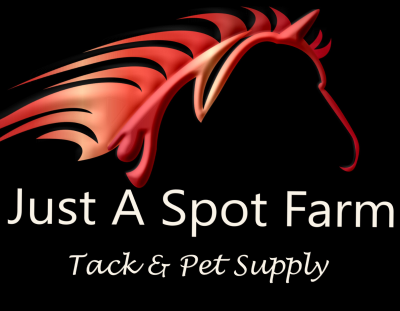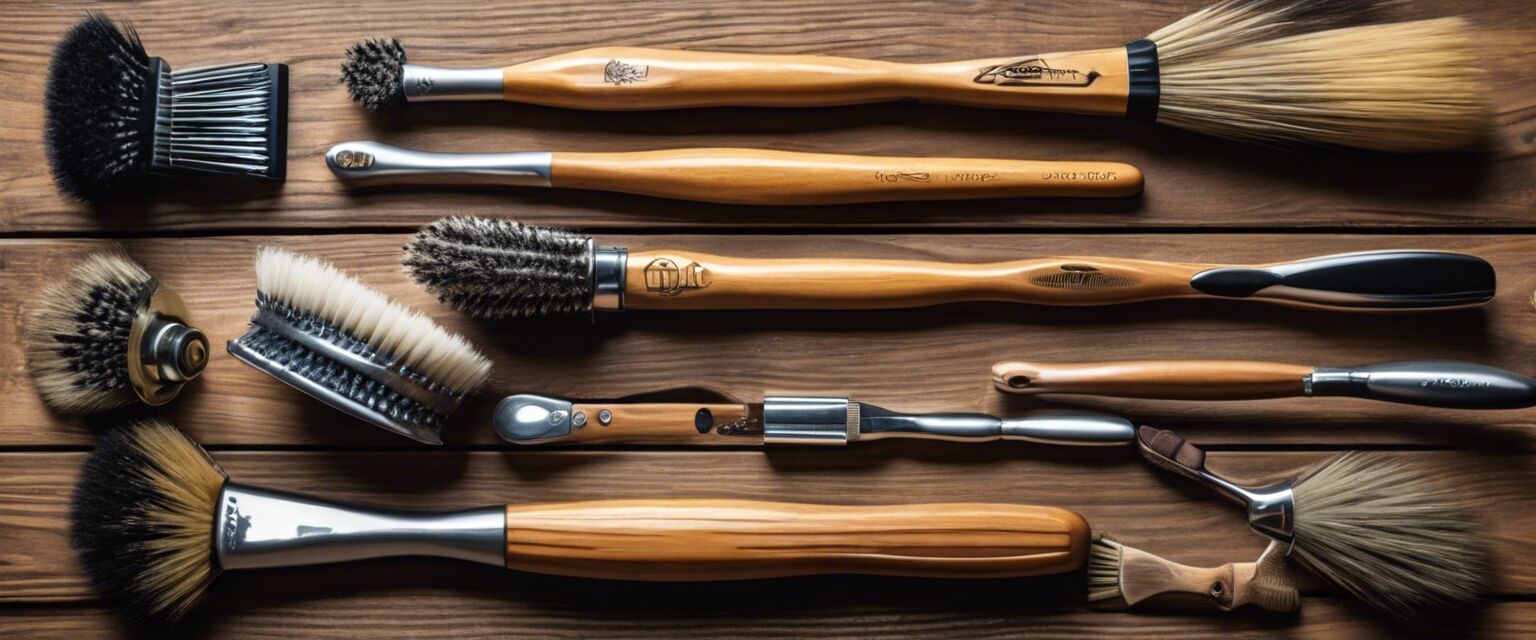
Best Dog Brushes
Choosing the right brush for your dog is essential for maintaining their coat health and keeping them comfortable. In this comprehensive guide, we will review and compare the best dog brushes available on the market, helping you make an informed decision for your furry friend.
Key Takeaways
- Different brushes serve different purposes.
- Regular grooming helps reduce shedding and prevent matting.
- Select a brush based on your dog's coat type: long, short, or curly.
- Comfort for both you and your dog matters; choose ergonomic handles.
- Investing in quality grooming tools can save money on vet visits.
Types of Dog Brushes
Understanding the different types of dog brushes can help you select the best one for your pet. Here are some common types:
| Brush Type | Best For | Description |
|---|---|---|
| Slicker Brush | Long-haired dogs | Features fine, short wires close together to remove tangles and mats. |
| Pin Brush | Medium to long-haired dogs | Has flexible pins to glide through coats and remove loose hair. |
| Bristle Brush | Short-haired dogs | Soft bristles distribute natural oils and add shine to the coat. |
| Rubber Brush | Short-haired dogs | Ideal for removing loose hair and great for massaging your dogâs skin. |
| Deshedding Tool | Shedding breeds | Removes undercoat and reduces shedding effectively. |
Benefits of Regular Brushing
Regular brushing not only keeps your dog looking good but also provides numerous other benefits:
- Reduces shedding around your home.
- Eliminates dirt, debris, and allergens from their coat.
- Promotes healthy skin and coat by distributing natural oils.
- Strengthens the bond between you and your pet.
- Helps identify any skin problems early.
Factors to Consider When Choosing a Dog Brush
Here are some important factors to consider when selecting the right dog brush:
- Coat Type: Consider whether your dog has long, short, or curly hair.
- Size of Your Dog: Larger dogs may require sturdier tools.
- Brushing Frequency: Daily brushing may need a different tool than occasional grooming.
- Ergonomics: Look for a brush that feels comfortable in your hand.
- Cleaning Ease: Ensure the brush is easy to clean after use.
Top Dog Brushes on the Market
Letâs take a closer look at some of the top-rated dog brushes available today, highlighting key features and comparisons:
| Brush Name | Type | Best For | Price Range |
|---|---|---|---|
| Ultra Slicker Brush | Slicker | Long-haired dogs | $15 - $25 |
| Professional Pin Brush | Pin | Medium to long-haired dogs | $20 - $30 |
| Gentle Bristle Brush | Bristle | Short-haired dogs | $10 - $20 |
| Deshedding Tool Pro | Deshedding | All breeds | $25 - $40 |
| Rubber Massage Brush | Rubber | Short-haired dogs | $8 - $15 |
How to Brush Your Dog
Brushing your dog should be a joyful experience for both of you. Here are some steps to follow for proper brushing:
- Start by introducing the brush to your dog, letting them sniff it.
- Choose a calm space and ensure your dog is comfortable.
- Begin brushing from the head down to the tail, moving gently.
- Use short strokes and vary the brushing styles according to the areas of the coat.
- Reward your dog with treats and praise to create a positive experience.
Care and Maintenance of Dog Brushes
Maintaining your dog brushes properly is key for their longevity:
- Regularly remove hair and debris after each use.
- Wash brushes with mild soap and warm water every month.
- Inspect for any signs of wear or damage to ensure safety.
Conclusion
Investing in the right dog brush is essential for the health of your pet's coat. Regular grooming not only keeps your dog clean but also helps in nurturing a strong bond. Remember to choose the brush that best suits your dogâs coat type and follow safe grooming practices.
Tips for Beginners
- Start grooming your dog at a young age to get them accustomed to the process.
- Be gentle and patient; the goal is to have a stress-free grooming experience for both you and your dog.
- Watch for signs of discomfort or anxiety in your dog and adjust your approach accordingly.
- Keep treats handy for positive reinforcement during grooming sessions.
Pros
- Helps reduce shedding and matting.
- Promotes better skin and coat health.
- Offers an opportunity for bonding time with your dog.
- Can save money on professional grooming services.
Cons
- Some dogs may resist brushing.
- Choosing the wrong brush can damage skin or coat.
- It may take time to find the right technique for your dog.
Explore More
To further enhance your dog grooming knowledge, check out our related articles below:
Frequently Asked Questions
Here are some commonly asked questions regarding dog brushes:
- How often should I brush my dog? - It depends on the dog's coat type; long-haired dogs generally need brushing every day, whereas short-haired dogs may only need it a few times a week.
- Can I use human hair brushes on my dog? - It is not recommended as human brushes are not designed for dog fur and can be harsh on their skin.
- What if my dog doesn't like being brushed? - Start slowly and use treats to create a positive experience. If they are extremely resistant, consider consulting a professional groomer.
Final Thoughts
Finding the best dog brush is crucial for your pet's hygiene and comfort. Review your options, consider your dog's coat type, and enjoy a rewarding grooming experience. Happy grooming!
